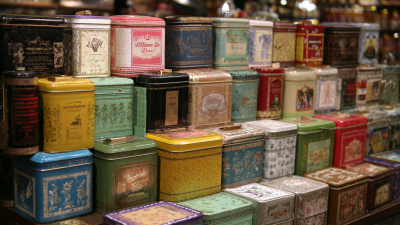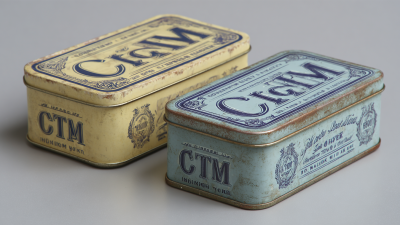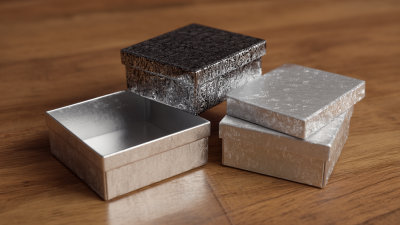 +817089618688
+817089618688
Free Standard Samples can be provided for you to check the quality.
Leave Your Message
A tin box is a versatile and durable container that has been used for various purposes throughout history. With its unique blend of strength and lightweight properties, the tin box serves not only functional needs but also contributes to aesthetic appeal in both personal and commercial applications. As we explore the different uses, benefits, and types of tin boxes, we can appreciate their place in everyday life, from packaging gourmet treats to serving as decorative keepsakes.
In recent years, tin boxes have gained popularity as eco-friendly alternatives to plastic packaging, appealing to environmentally conscious consumers. Their ability to be recycled and reused makes them an attractive choice for businesses looking to reduce their carbon footprint while still providing an elegant presentation for their products. As we delve deeper into the world of tin boxes, we will uncover various styles, designs, and innovative uses that highlight the enduring charm and practicality of these timeless containers.
Whether you are considering a tin box for gifting, storing, or as a part of your brand's identity, understanding the multifaceted nature of tin boxes will empower you to make informed choices. Join us as we navigate the fascinating realm of tin boxes, showcasing their importance and potential in various aspects of modern life.
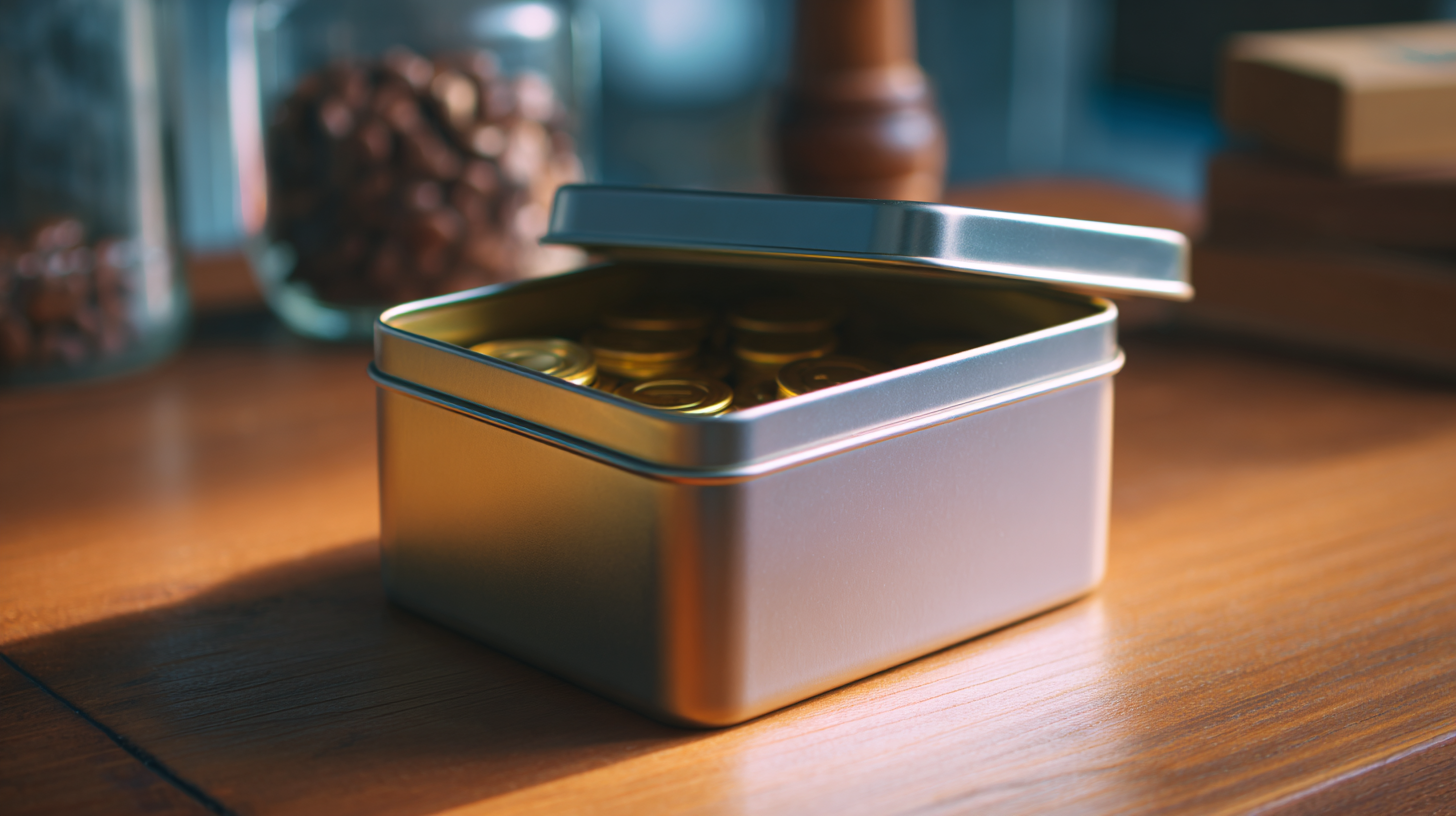
Tin boxes are an essential component in the packaging industry, known for their durability and versatility. Comprised primarily of tinplate, which is a thin steel sheet coated with tin, these boxes offer excellent protection against moisture, light, and air. The unique composition of tin not only enhances the longevity of the products contained within but also contributes to a fresh and appealing presentation. This quality is especially important in sectors such as food, cosmetics, and luxury goods, where preserving the integrity of the product is crucial.
The global metal packaging market, which includes tin boxes, is projected to experience significant growth, driven by an increasing demand for sustainable and recyclable packaging solutions. The market size is expected to reach USD 238.8 billion by 2035, reflecting a compound annual growth rate (CAGR) of 5.1%. This growth is propelled by a surge in processed and ready-to-eat food consumption, particularly in bustling regions like the USA, where convenience is a key factor for consumers. Moreover, advancements in recycling industries, particularly in Europe, are transforming the economic sustainability of metal packaging, making tin boxes an attractive choice for environmentally conscious brands.
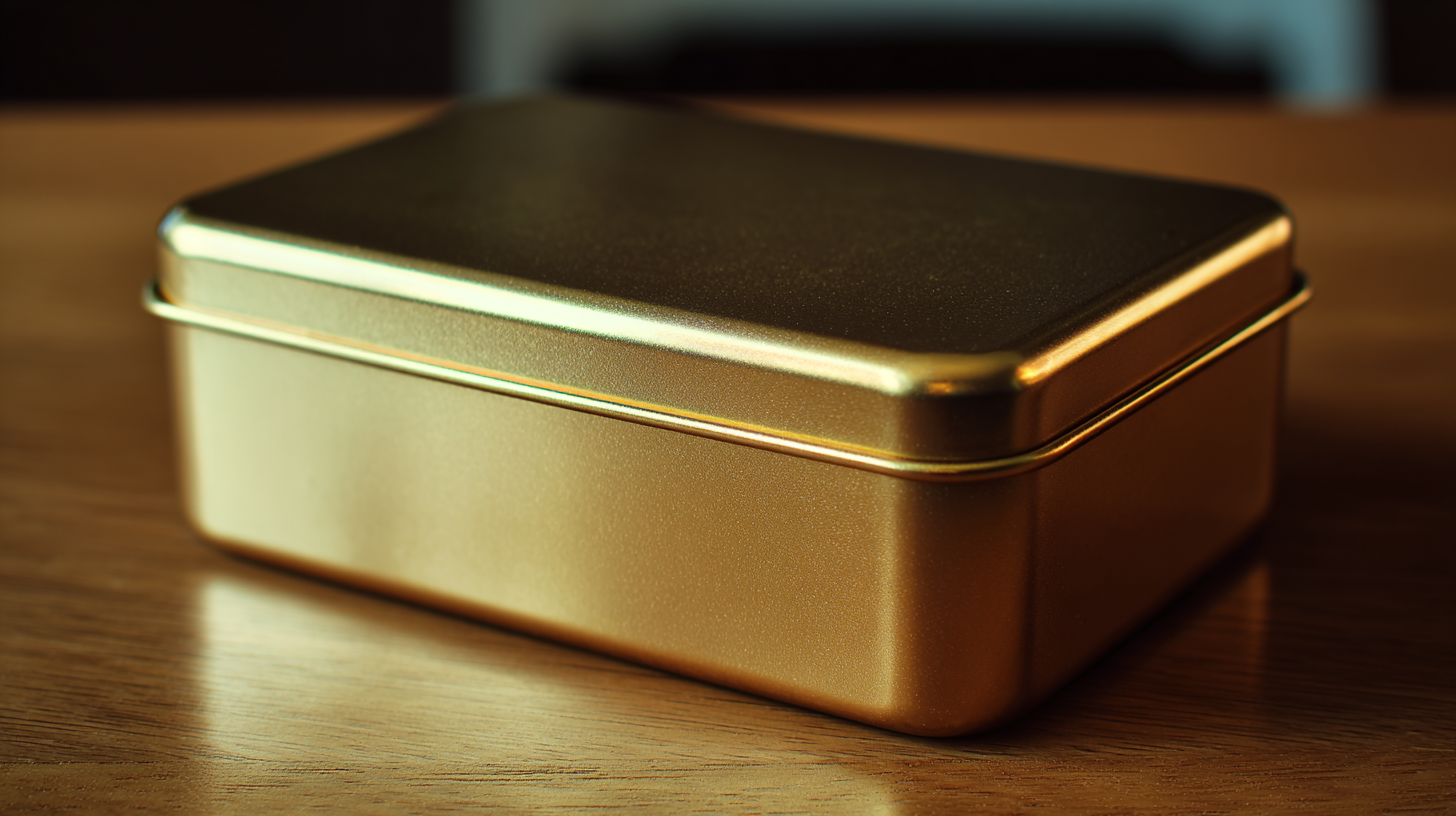
The tin box market is poised for significant growth in the coming years, reflecting a broader trend in the packaging industry. In Western Europe, the tinplate packaging market is projected to expand from $68.32 million in 2025 to $93.68 million by 2032, with a CAGR of 4.61%. This increase indicates a rising demand for durable and recyclable packaging solutions as consumers shift towards sustainable products.
Moreover, Asia's tin market shows great promise, with expectations for growth driven by strong consumer demand—projecting an increase to 460,000 tons by 2035. The overall global tin market volume is anticipated to reach 574,000 tons and a market value of $18.2 billion by 2035, underscoring the metal's crucial role in the manufacturing and packaging sectors. This upward trend in tin usage aligns with the global movement towards environmentally friendly packaging options, reinforcing the appeal of tin boxes across various applications.

Tin boxes have been gaining popularity as a preferred packaging solution due to their numerous advantages over alternative materials like plastic or cardboard. According to a recent report by Smithers Pira, the global market for metal packaging is expected to reach $150 billion by 2025, highlighting the increasing demand for materials that offer durability and sustainability. One of the most significant benefits of tin boxes is their ability to protect contents from environmental factors such as moisture, light, and air, thereby extending shelf life. This makes them particularly suitable for food products and cosmetics, where preservation is key.
Moreover, tin boxes are recyclable and eco-friendly, aligning with the growing consumer demand for sustainable packaging options. The Environmental Protection Agency (EPA) reports that metal recycling rates are as high as 70%, significantly outpacing plastic recycling, which hovers around 9%. By opting for tin boxes, companies can reduce their carbon footprint while appealing to environmentally conscious consumers. The aesthetically pleasing nature of tin boxes also contributes to their effectiveness as marketing tools, offering brands the opportunity to enhance visual appeal while reinforcing their commitment to sustainability.
Tin boxes are versatile containers that come in various shapes and sizes, each designed for specific purposes. Common types of tin boxes include gift boxes, storage tins, and packaging cases for products like candies, cookies, and cosmetics. Gift boxes often feature decorative designs, making them an attractive option for presenting gifts during celebrations. Storage tins, on the other hand, are practical for organizing small items, ranging from office supplies to kitchen necessities, due to their durability and ease of stacking.
The benefits of tin boxes extend beyond their aesthetics and organization capabilities. They are lightweight, rust-resistant, and recyclable, making them an environmentally friendly option compared to plastic alternatives. Their ability to preserve the freshness of food products is another significant advantage, as the tight seal of a tin box helps prevent exposure to air and moisture. Furthermore, tin boxes can be customized with various prints and colors, enhancing brand visibility for businesses looking to make a memorable impression. This comprehensive overview of the types and applications of tin boxes showcases their practicality and appeal in both personal and commercial settings.
The retail sector is witnessing a significant transformation in packaging, driven by innovative trends in tin box design and customization. With the global custom packaging market projected to reach $59.62 billion by 2033, it's clear that brands are increasingly investing in bespoke solutions to enhance consumer experience. The versatility of tin boxes, which can be tailored in shape, size, and design, allows brands to create unique packaging that stands out on shelves and fosters brand loyalty.
As personalization becomes a key factor for younger consumers, the demand for custom tin boxes is on the rise. Recent reports indicate that personalized products are not just a trend but a fundamental shift in consumer behavior. Retailers leveraging custom tin packaging can differentiate their offerings, making the unboxing experience more memorable. With the DIY movement gaining momentum, many brands are opting for creative designs that resonate with consumers' desire for individuality, effectively blending aesthetics with functionality.
